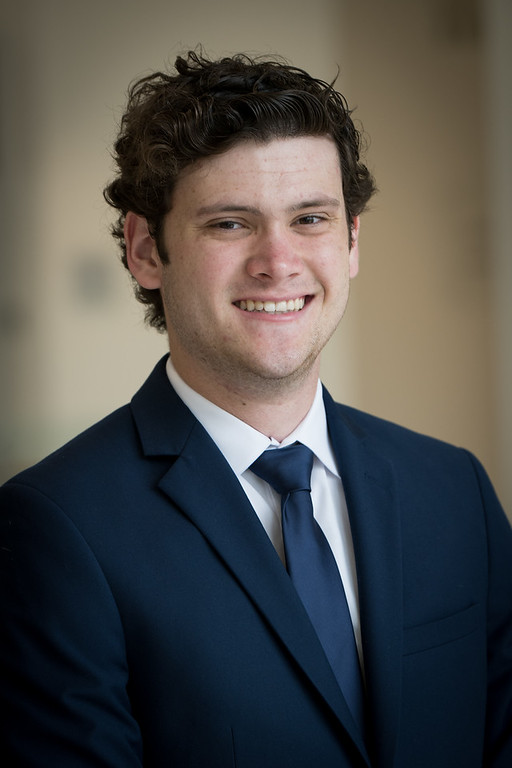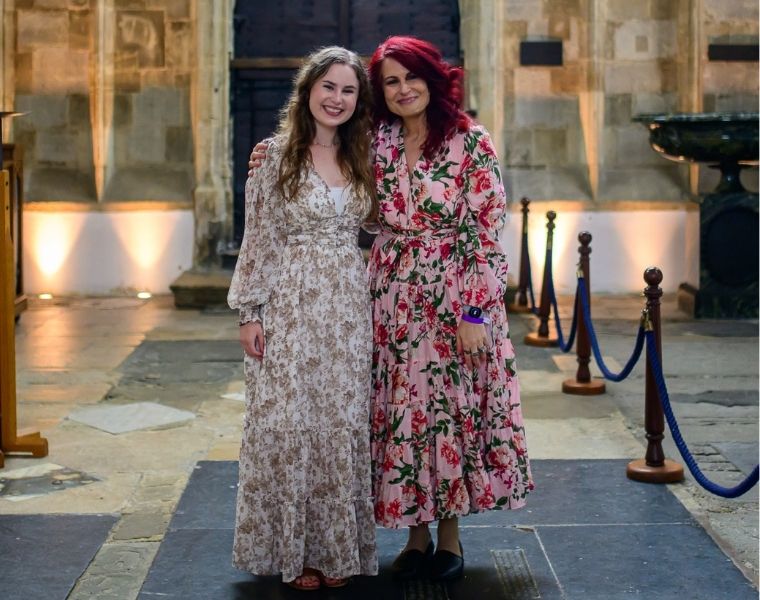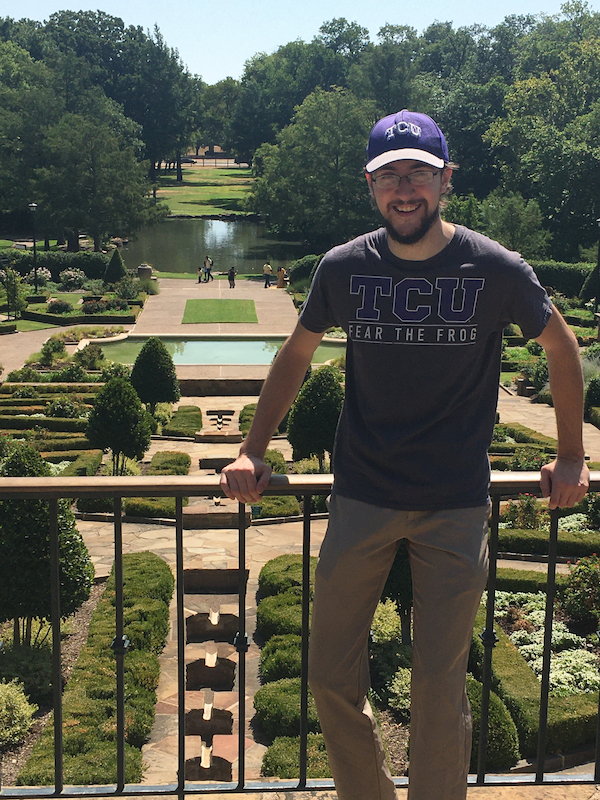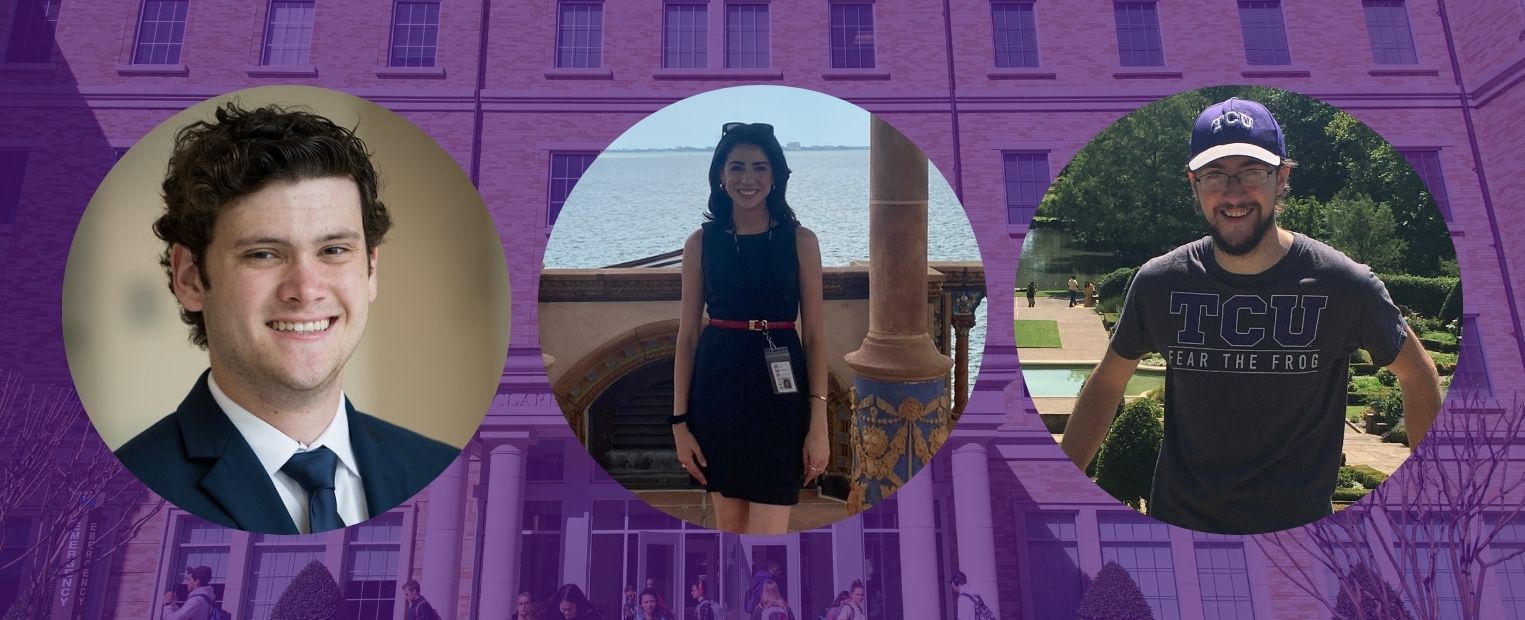Summer 2024 was a season of growth, exploration and achievement for many AddRan College of Liberal Arts students who gained valuable real-world training during internships with government entities, nonprofit organizations and many more fields.
Four students share their experiences and takeaways in part two of our two-part internship series below. Read part one.
Jack Graham
Graham, a senior political science major and Honors College student from Ladera Ranch, Calif., interned for 11 weeks with U.S. Rep. Kay Granger.

Q: How did your AddRan classes help to prepare you for your internship?
A: AddRan classes helped prepare me for my internship through the application of soft skills and context clues in my everyday tasks.
Q: What were your key responsibilities?
A: I would help write co-sponsor memos, bill briefings, answer the phones, talk to constituents, work on papers as they relates to the appropriations committee, give tours of the U.S. Capitol Building and other miscellaneous tasks pertaining to policy issues.
Q: What is the most valuable thing you learned during your internship?
A: We can find and make opportunities in our daily lives.
Q: How has your internship prepared you for your future career and/or continuing education?
A: I now feel much more confident in dealing with difficult conversations over the phone, asking for feedback and being proactive in different workspaces.
Sarah Landrum
Landrum, a Fort Worth native who graduated in December 2023 with a bachelor’s degree in political science, participated in the Oxford Consortium for Human Rights, an academic conference and workshop, in the U.K. in early July.

Q: How did your AddRan classes help to prepare you?
A: Classes in AddRan helped me to develop a scholarly, logical approach to new concepts, like new technologies, and taught me how to apply foundational concepts within my own field, like human rights, to tackle interdisciplinary problems.
Q: Tell us about your experience at the consortium.
A: At this conference, I attended lectures from established researchers in their respective fields, ranging from data privacy to medical ethics to nuclear weaponry. Students were expected to give a presentation as part of the conference, and my presentation was about ethical guidelines of social media representation and responsible knowledge creation.
Q: What is the most valuable thing you learned?
A: The most valuable thing I took away from this experience was the importance of interdisciplinary communication and transdisciplinary research. Throughout the conference, I had conversations with psychology professors, aerospace engineering students, law students, philosophy professors and others about politics, technology and more. I realized how important it is to expand one’s professional circle outside of one’s own department, as the conversations with people in other fields were deeply informative and enriching.
I intend to be intentional about expanding my horizons beyond the typical departmental divide that institutions propose and take advantage of the collaborative opportunities of academia.
Q: How did this experience prepare you for your career and/or continuing education?
A: This experience has expanded my network substantially and provided an incredible background of knowledge for my field and future career ambitions.
Sofia Paschero
Paschero, a Ph.D. student in history from Mendoza, Argentina, and Sarasota, Fla., was the curatorial intern of Ca’ d’Zan, the historic residence at the site of The Ringling Museum of Art, one of the preeminent art and cultural collections in the U.S.
Q: How did your AddRan classes help to prepare you for your internship?

A: I took a public history course in 2022 with LeAnna Schooley, Ph.D. In that class, I connected with Brenda Sanders-Wise, the director of the Tarrant County Black Historical and Genealogical Society at the Lenora Rolla Museum. I did an internship at the Lenora Rolla Museum in fall 2023 for class credit. That internship gave me great experience working for a nonprofit museum.
When I decided to apply for the summer internship at The Ringling, Ms. Sanders-Wise and Dr. Schooley wrote my letters of recommendation. Once I passed the application process for The Ringling, I was told I needed to interview with the curator of Ca’ d’Zan and decorative arts. I was nervous because I really wanted this internship. Dr. Schooley spent over an hour on the phone to coach and prepare me for the interview. A week after the interview, I was told I did not get the internship. The following day, the curator of Ca’ d’Zan emailed, saying that while I did not get the internship, she was really impressed, especially with my research skills, so she allocated money from a grant and from her budget to create another internship position for me.
Q: What were your key responsibilities?
A: My key responsibilities were to conduct research for Ca’ d’Zan (meaning The House of John). I did research on one object in the historic mansion: these longhorns that are in the Tap Room of Ca’ d’Zan. These longhorns stood out to me because I was not in Texas; I was in Florida, and I wanted to know how they got there. Apparently, the longhorns were shipped from Fort Worth as a gift to John Ringling from his good friend, Amon Carter.
The museum staff knew that Amon gifted these to John, but they did not have any documentation. I found the telegrams and a letter from Amon to John in the TCU Digital Repository. Amon and John’s telegrams and letter go back and forth about the longhorns being shipped to Sarasota in 1926.
I also researched the domestic workers who worked and lived at Ca’ d’Zan in the 1920s and 1930s. I had to do extensive research to find out their names, who they were, where they came from, what their roles were and their lives after they left Ca’ d’Zan, as The Ringling did not have much of this information.
I also researched food culture, such as teatime, cocktails and Floridian food recipes during the 1920s and 1930s, while also examining objects such as tea sets that were in storage and alcohol bottles that were left in Ca’ d’Zan from the 1930s.
Q: What is the most valuable thing you learned during your internship?
A: During my internship, I was working and doing research specifically for Ca’ d’Zan. I realized that other things are going on in a museum and sometimes the research must take a pause. For example, when an installation would happen in a gallery, I would observe the registration department to see how an object was being transferred, observe the placement of the object, check the area where it was placed to see if it was cleaned and see if the lighting looked right with the object in the gallery.
I learned from the conservators who treat the objects and paintings before they put them out for display. I also learned from other curators and how they managed their spaces at The Ringling.
In a museum, there is constant movement from all departments. Even though one person is assigned to one department, they still must communicate with other departments to get things done.
Q: How has your internship prepared you for your future career and/or continuing education?
A: I have always said that I want to be a professor and teach at a university. However, those jobs are very competitive. I hope those jobs will be available when I graduate, but I believe in always having a plan B. This internship made me feel better that if getting a tenure position at a university does not work out, I can always find a job in a museum as a curator or as a public historian.
Lucius Seger
Seger, a history Ph.D. candidate from Dayton, Ohio, interned at Matthews Land and Cattle Company over the course of 12 months.

Q: How did your AddRan classes help to prepare you for your internship?
A: My history classes in AddRan helped prepare me through the development of my critical thinking, analytical and writing skills. Thanks to my history professors and the classes I have taken in my four years here, I was able to utilize these unique skills and apply them to my internship during this summer.
Q: What were your key responsibilities?
A: My key responsibilities included archiving and organizing historical documents, photos and scrapbooks to preserve the ranching documents from the Matthews Land and Cattle Company throughout the 19th and 20th centuries, scanning and/or photographing specific photos into a digital database for future usage, cataloging various employee records and maps to categorize the company’s historical record, and helping to create a digital photograph database.
Q: What is the most valuable thing you learned during your internship?
A: The most valuable thing that I learned is how to manage multiple tasks successfully at the same time. During this summer, I was able to successfully scan, organize and create digital folders for a vast array of photographs from the Matthews Land and Cattle Company during my typical workday. Learning this important skill set will help to translate into my own dissertation and schoolwork through my history program.
Q: How has your internship prepared you for your future career and/or continuing education?
A: My internship allowed me to learn what it takes to build an archival system to preserve historical documents and gain valuable experience in working with these specific historically adjacent jobs. This internship also helped me to hone my organizational and writing skills and categorize databases. Because of these experiences, my internship can translate well into my specific research and writing as I move forward in my degree and beyond.
